Great Predator Calling Sets
Realtree pros Byron South and Mark Zepp know how to hunt coyotes. It all starts with the setup. Check out their tips for choosing the perfect area for predator calling
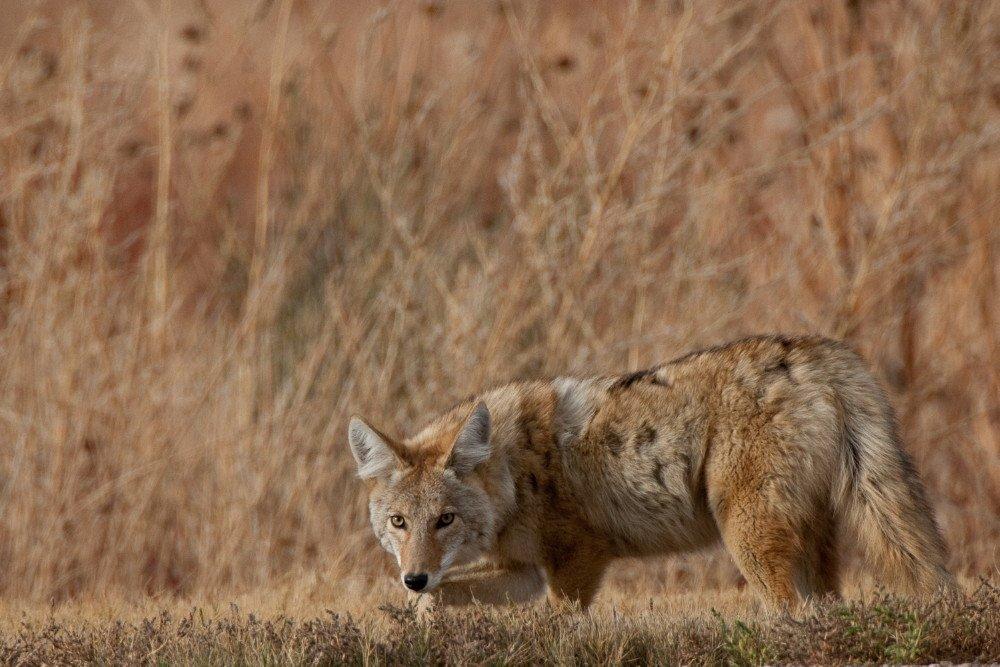
SOUTH'S SETS
Byron South, producer of the video series "Coming to the Call," has been chasing predators for more than 30 years. He's been successful throughout the United States and Canada, so he knows a thing or two about using the right setup in the right place.
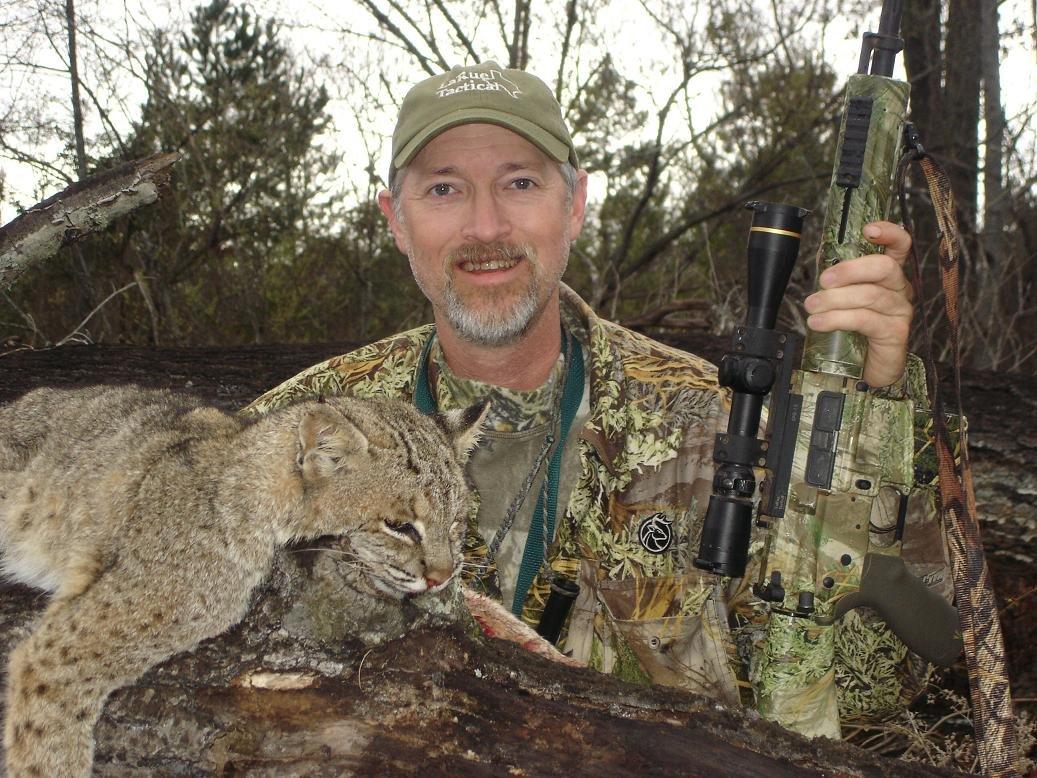
There will be times when a predator hunter can get away with not covering all three of South's bases. For regular success though, one should set up in a location with good cover, where the wind is blowing away from the direction predators will most likely approach from, and where calls can be optimally presented.
I like setups that allow me to use terrain or cover to mask my approach. Once I've determined where to set up, I rely on full camouflage and a back drop, such a bush or tree, to conceal me. Most important though, is to sit still. Fidgeting, rubbernecking, waving your hands, and pointing will ruin a setup in a hurry, South said.
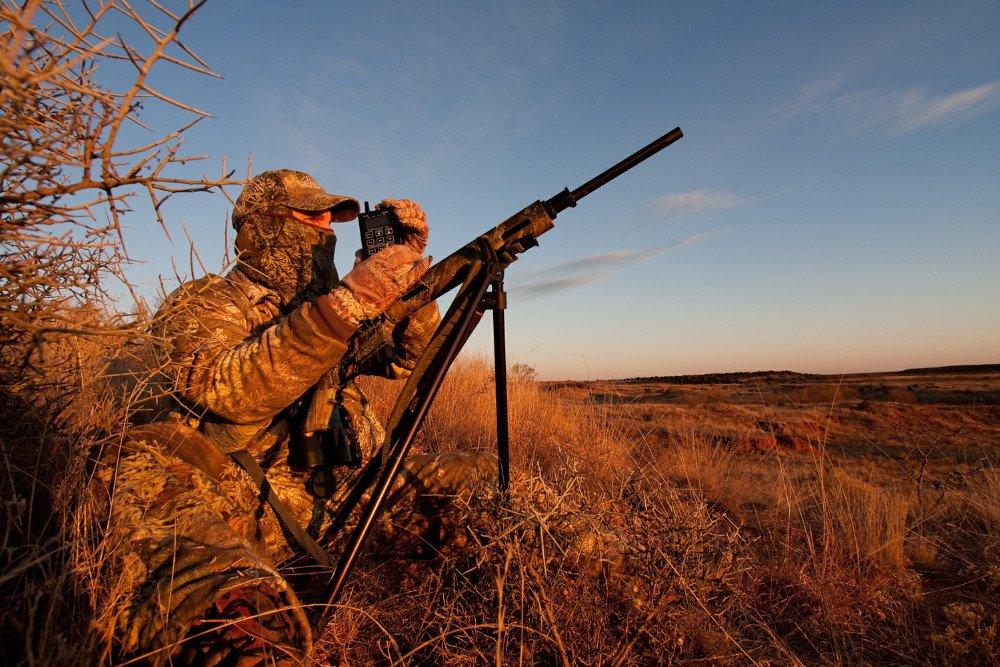
Many have tried in vain to defeat a predator's nose. In my opinion, all these efforts are futile. Experience proves that if a predator gets downwind of your setup or crosses your tracks, the hunt's over. They will detect you, South says. I firmly believe that if you realize you cannot defeat his nose, then you're far ahead. What you must do is choose a setup that denies him the wind. A predator cannot detect you with his nose if he is upwind and does not cross the tracks you made coming in. This generally means approaching your setup with the wind in your face. This way, your tracks, as well as your airborne scent, are behind you.
PREDATOR PROBLEMS: ZEPP'S CURE
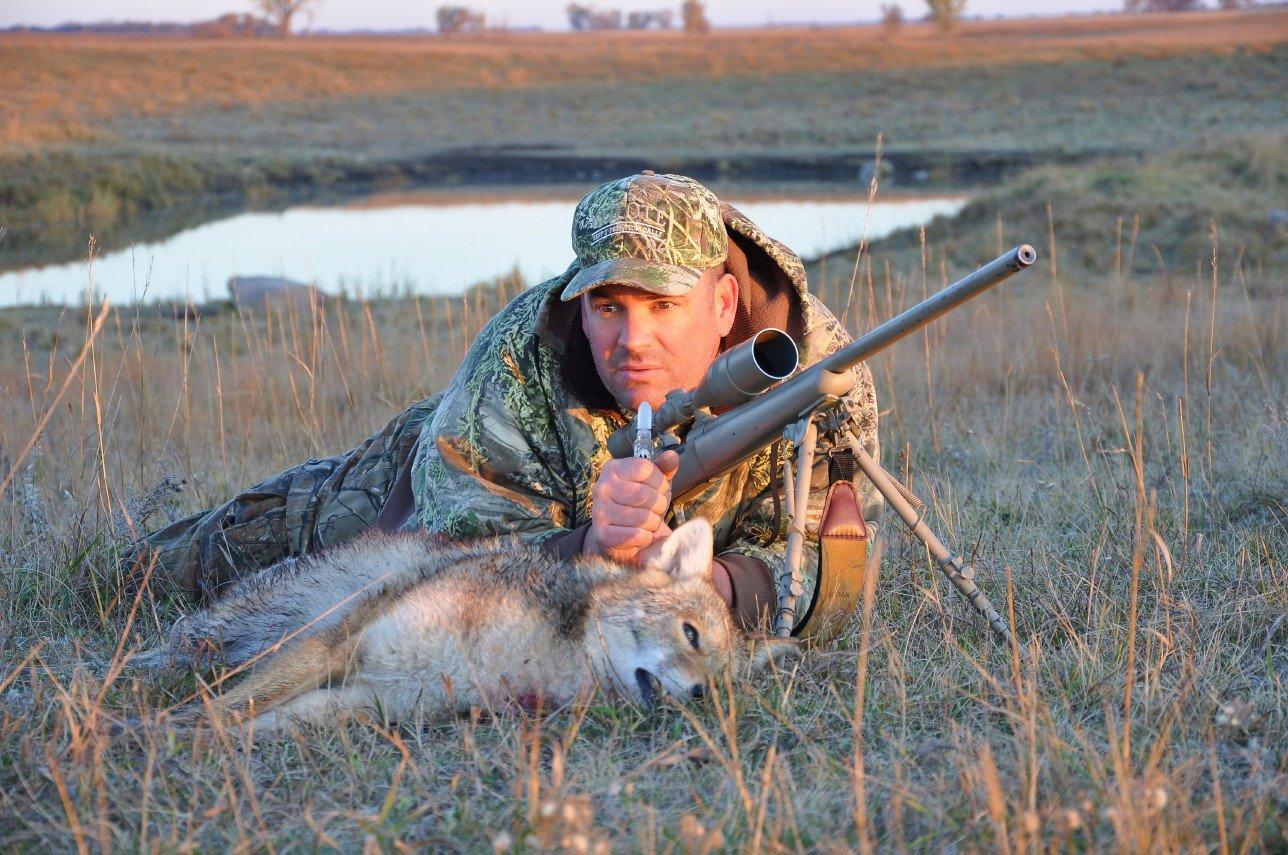
One aspect of making a proper setup that is often overlooked by beginners is ensuring the ability to actually see once you sit down and start calling. In any terrain, but especially in thicker country, if you can't see the animal coming in until he is right on top of you, you will have very limited success. You'll either end up with a poor percentage shot or no shot at all, Zepp says.
No matter where you're predator hunting, from Michigan to Mississippi, Carolina to California, you need to set up on a vantage point. Being able to look out over an expanse and pick up incoming predators is a key, perhaps the most important key, to predator hunting success.
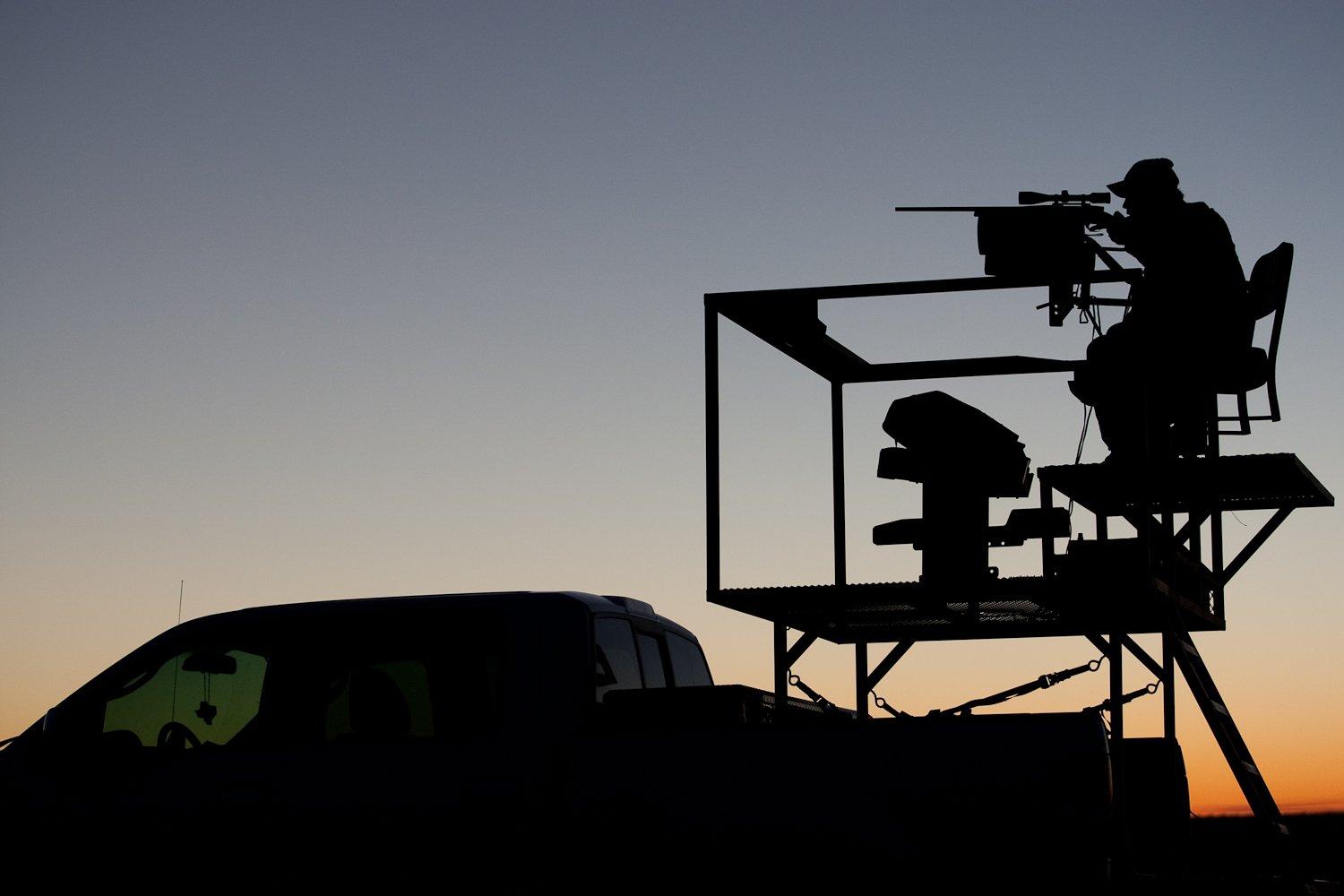
In certain situations, vantage points can be hard to come by. There are parts of the Midwest so flat that rivers get confused as to which way to run, and parts of the Texas brush country are like an ocean of unbroken cover. But Zepp knows how to deal with these situations.
Sometimes, getting a little better view at your setup is as easy as sitting on a 5-gallon bucket. Just being off the ground and up in the air that extra foot can make a huge difference in what you are able to see, Zepp says. I regularly stand up while calling in thick cover. I only do this though when visibility is less than 40 yards, I'm shooting a shotgun, using an electronic call (to get the sound away from him a few yards), and am covered head to toe in camouflage.
Treestands work, too. I don't hesitate to use a treestand to see predators coming in brushy country. When doing so, I recommend placing your electronic call on the ground or having your partner do the calling from about 50 yards away. Then make sure you are covering the downwind position. Also, in big, open country out west, where there is thick sage brush, predator hunting off ladders is a popular and highly successful tactic, Zepp says.
As predator populations continue to expand across the country, the popularity of hunting these wily creatures continues to grow. Understanding that you must set up in a location that gives you a good field of view, while concealing you from the eyes and nose of your prey, is the basis for success. After that, it comes down to good calling and a little luck.
SIDEBAR
PERFECT PREDATOR GUNS
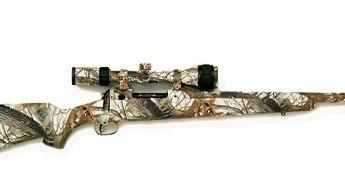
Caliber: .22-250
Comments: Make that 400-yard yote wish he'd been a little more cautious. For years, an accurate bolt-action rifle in a sizzling .22-caliber centerfire cartridge such as the .22-250 has been the standard choice of serious predator hunters. This Savage model is available as a package, complete with scope and Realtree AP Snow camo pattern.
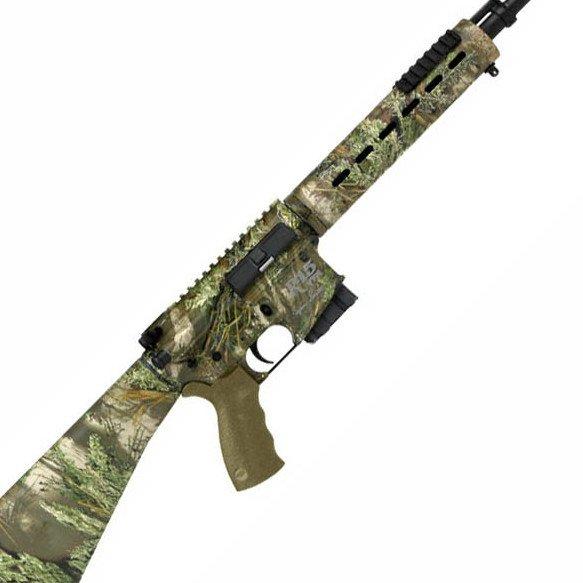
Caliber: .223
Comments: Four coyotes at once, eh? No problem. Fast-shooting semi-auto rifles on the AR platform are rapidly gaining in popularity among predator hunters. Many of these rifles shoot as true as a good bolt-action, and have the added benefit of an instant follow-up shot with virtually no recoil.
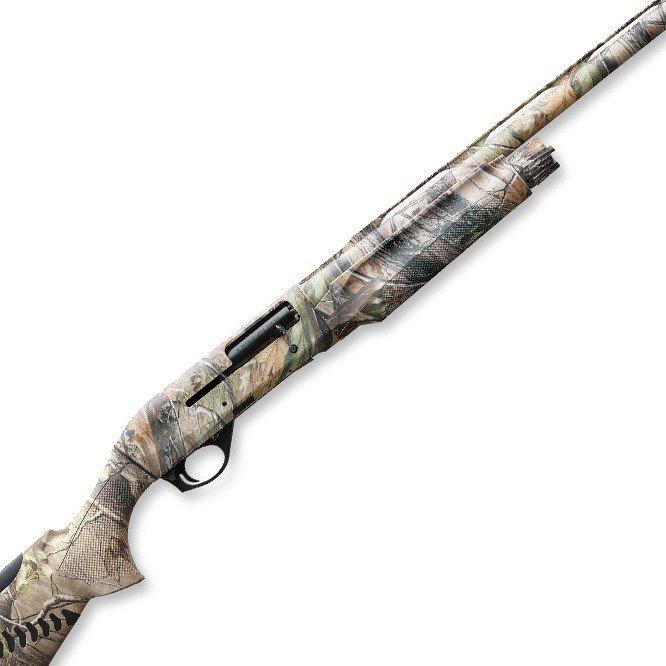
Caliber (Gauge): 12 Gauge
Comments: Fickle fox at 40 yards? Blackberry briars in the way? Buckshot is your friend. For hunting predators in thick brush, the 12 gauge shotgun remains the best choice. There are a variety of great shotgun shells designed specifically for predator hunting on the market today as well.







